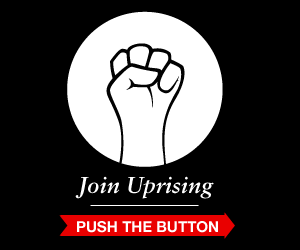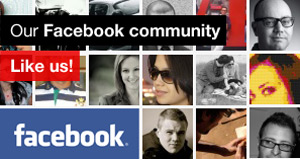Embracing Movement Marketing
Posted on 9th Dec 2011 by Philip Holdsworth in Blog
Is it a new way of thinking or is it something that has been around for a long time but just flies under the radar in most companies. It’s definitely the latter, well at least it was; this was until Strawberry Frog came along and changed everything.
The hardest part of movement and cultural marketing to get your head around is actually embracing it. It’s not rocket science coming up with an ideology or idea, but if it isn’t embraced by everyone in the company from the CEO, right down to the interns, then there is no gravity in your movement and it will just crumble to the ground.
In many companies there are plenty of people that are clued up with the new age marketing techniques (movement and cultural included) but some people around them are reluctant to get their head around a new way of thinking and marketing. This isn’t helpful and without full co-operation movement marketing cannot be utilised to its full potential.
As a young professional I have found researching and being a part of the Uprising an valuable part of my development. Without it I would be stranded in the abyss of modern business and with no way of leaving the labyrinth I would have to just accept my fate. Luckily this isn’t the case and I see the light, but there are plenty of people around me who aren’t as willing. I see it every day, from all sorts of people in all walks of life still trying to do things the old fashioned way to no avail.
One-way advertising and marketing just do not exist anymore; movement marketing is about people, individuals and connections. Success is achieved through people identifying with a brand, not with a product, and if you can see this then you have taken the first steps.
Forget about your products for the time being and remember where your company came from – what you were trying to achieve and which gap in the market were you looking to fill. If your company can begin to appeal to people as a brand and as an identity a natural process begins to occur.
Once people have a connection to your brand and understand what motivates everyone who earns a living building it, people will begin to identify with it and want to be a part of it, and in doing so start to buy products and stay loyal to your brand in the future. A perfect example of this is Apple – read Scott’s brilliant article about Steve Jobs and Apple here to understand more.
blog comments powered by Disqus








